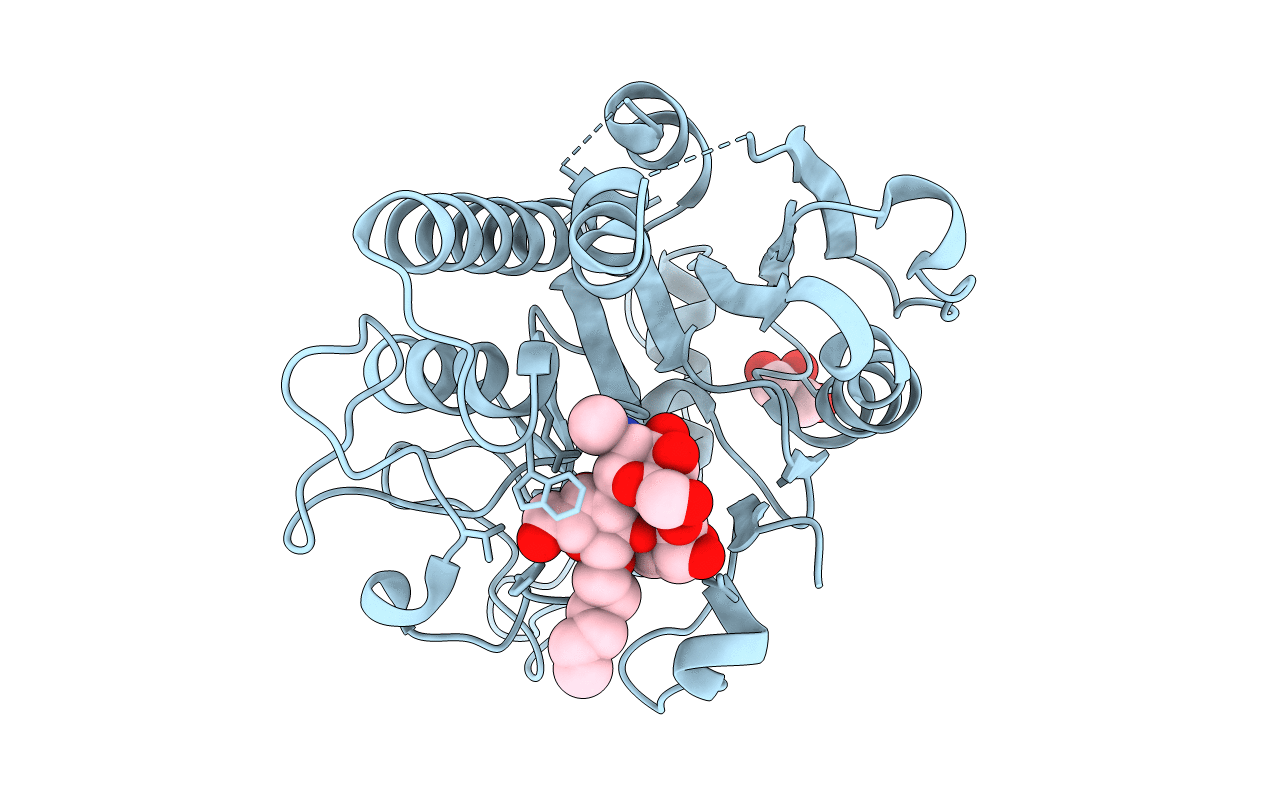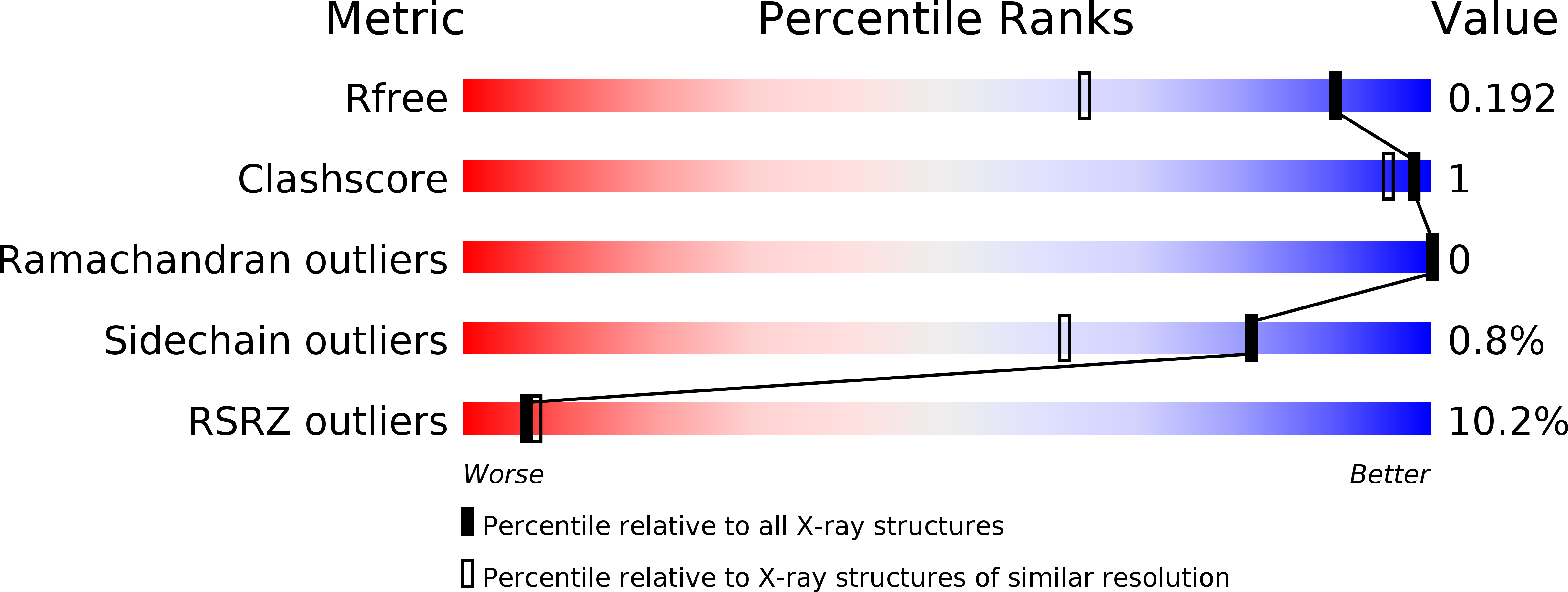
Deposition Date
2016-10-04
Release Date
2017-06-14
Last Version Date
2023-10-04
Method Details:
Experimental Method:
Resolution:
1.45 Å
R-Value Free:
0.19
R-Value Work:
0.18
R-Value Observed:
0.18
Space Group:
C 2 2 21


